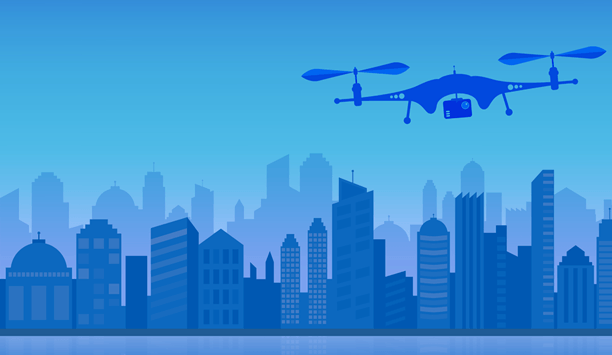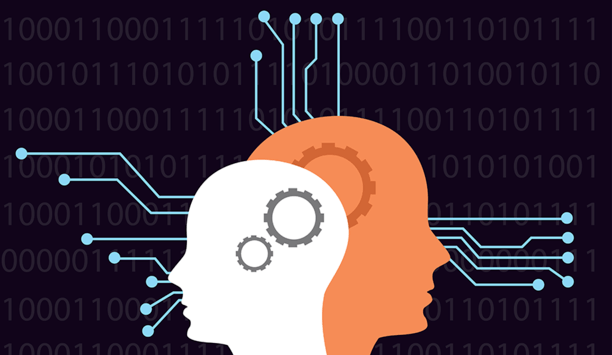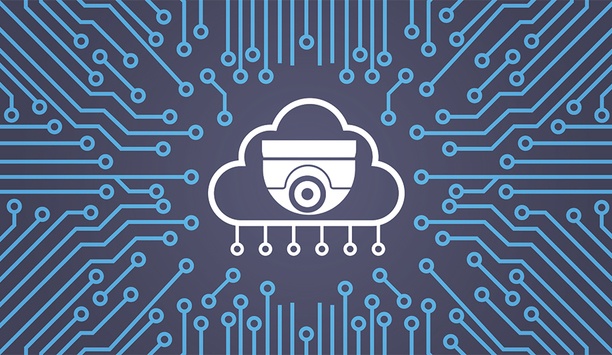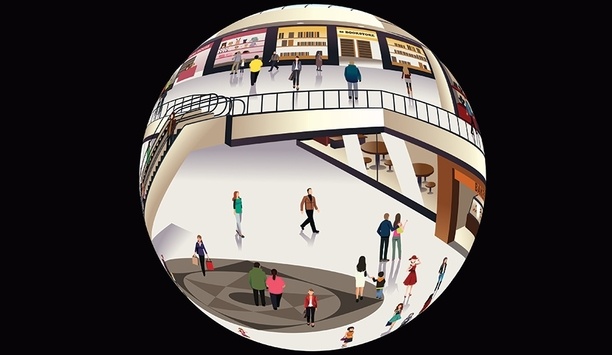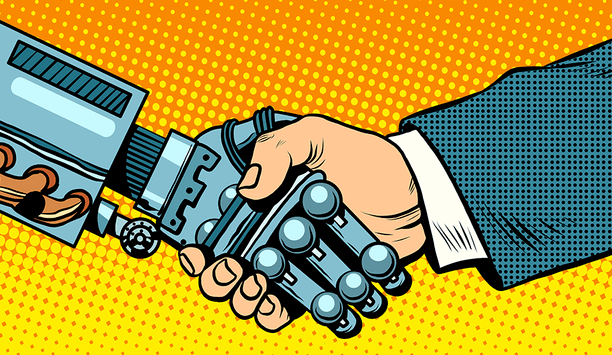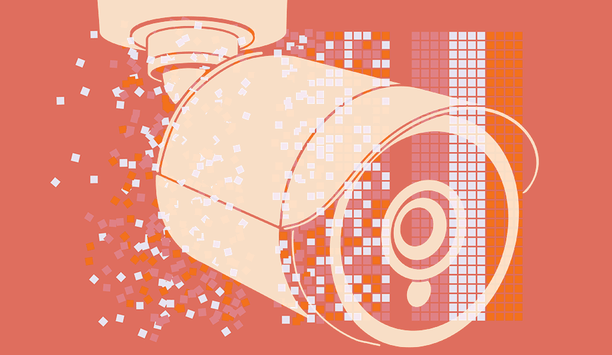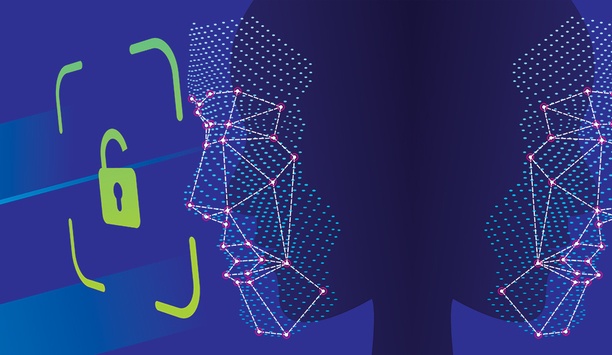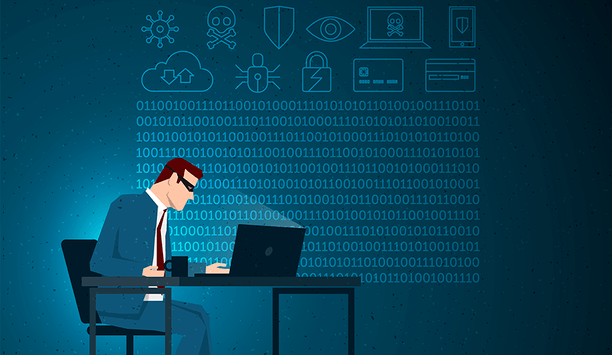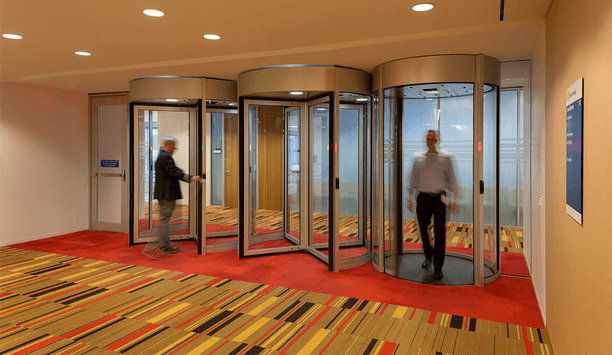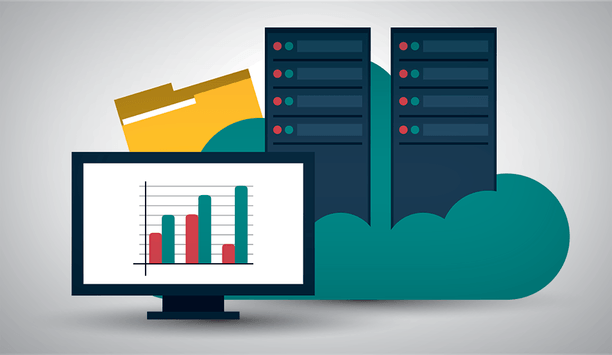Healthcare security applications - Expert commentary
The security market is very active right now. Business is strong, according to most of the people that I talk to in the industry. In 2017, we at The Protection Bureau had one of our best years ever revenue-wise. Because of a strong economy, businesses are spending money on security. 2017 growing trends The trends that happened in 2017 vary. One trend that is growing is the national account concept. This is because clients are deploying more and more enterprise-level systems and taking advanta...
Global economic expansion and technology improvements continued to drive demand this year for IP cameras, network video recorders (NVRs), access control and other security technologies. A strong year for security Overall, 2017 represented another strong year for the security industry. A combination of falling prices and improved IP camera performance helped drive camera sales during the year as the migration from analogue to IP continued to pick up momentum. Advancements i...
The year 2017 has been a banner one for physical security with the advent of increasingly sophisticated technology to manage threats. As we approach 2018, the field widens with regard to solutions that will expand the capability of security teams seeking ways to shore up their risk exposure and expand situational intelligence. Here’s a recap of milestones and areas we see as important in the new year. Technology integration Technology integration played an even greater role in the market...
Throughout 2017, customers have been increasingly looking for technological answers to a plethora of their business needs, and the surveillance industry has seen a rapid boost because of this. In particular, we’ve seen more organisations harness video to fulfil much more than just their security requirements. Combining physical and cyber security Businesses are now using surveillance to address areas such as health and safety, sales and marketing as it fast becomes more of a business opp...
In 2017 we saw a lot of new construction projects, and many existing buildings upgraded their security systems to include high-resolution cameras and better-quality recording systems. Because the economy is stronger, many businesses and municipalities increased their security budgets for large-scale and public projects due to terrorism threats in public places. Smart cities became more popular One of the bigger trends we saw in 2017 is the growing popularity of smart cities...
As we take a look back on 2017, there are a number of trends we need to highlight — all of which have redefined our industry. Cybersecurity played a huge role in physical security, driven by the increase in the use of the Internet of Things (IoT) and the overall interconnectivity between devices and expanding cloud technologies. Although exceptionally beneficial, the IoT also brings with it an increased amount of cyber vulnerabilities. As security systems are using the Internet more and m...
The security industry was strong and healthy in 2017. High-end security markets, such as the power distribution and critical infrastructure sectors, saw continued growth and opportunity for perimeter security technologies like thermal imaging, video analytics and radar. For the low-end security markets, there was significant competition from Chinese manufacturers. Despite this challenge, we saw continued growth from premium Western security manufacturers in 2017 in which many introduced cost-ef...
Video surveillance solutions have come a long way in recent years, including this past one, with IP-based imaging solutions delivering incredible resolution and detail to provide higher levels of situational awareness, information and overall security. In 2017, we also witnessed how video surveillance serves an emerging need and desire to acquire greater business intelligence. Today’s cameras and VMS are able to truly deliver on the promise of IP video without requiring end users to break...
2017 witnessed a continued decline in the cost of cameras. While this creates a challenge for camera companies, it creates two clear opportunities: (1) Product differentiation now relies more heavily on software rather than camera parameters, which drives more focus and rapid innovation on the software side, and (2) cameras have become more affordable which encourages an increase in the adoption rate and size of surveillance projects. Artificial Intelligence surveillance applications Ad...
Rapid changes in the physical security market this year have largely overshadowed one arena where change has slowed down in 2017 – mergers and acquisitions (M&A). Although there were no “mega-mergers” as in years past (such as Axis-Canon and Johnson Controls-Tyco, M&A activity still made headlines last year on SourceSecurity.com. In 2017, we wrote about M&A news involving companies such as HID Global, Eagle Eye Networks, ADT, and Honeywell. ...
The physical security market continues to experience growth as users look to capitalise on the promises of emerging technologies and because of this, 2017 proved to be a great year for Oncam. In fact, this year was the best year in Oncam's history in terms of sales, as 360-degree fisheye cameras have gone from being a “specialty” camera used only in certain applications to a primary device for enabling total situational awareness. Today, many of our customers leverage 360-degree ca...
SourceSecurity.com’s Expert Panel covered a lot of ground in 2017 about a variety of topics resonating in the security market. The most-read Roundtable discussion in 2017 was about a familiar and ongoing debate: What is an open system? Other hot topics that made the Top-10 list of Roundtable discussions included smartphones, buzzwords, standards and product life cycles. Here is a listing of our Top 10 Expert Panel Roundtable discussions posted in 2017,...
SourceSecurity.com’s most trafficked articles in 2017 reflected changing trends in the market, from facial detection to drones, from deep learning to body worn cameras. Again in 2017, the most well-trafficked articles posted at SourceSecurity.com tended to be those that addressed timely and important issues in the security marketplace. In the world of digital publishing, it’s easy to know what content resonates with the market: Our readers tell us with their actions; i.e., where they...
Over the past year, there was an unprecedented rise in drone incidents. Drones were unwelcome at and threatening the physical and cybersecurity of defence organisations, stadiums, corporations, and data centres, among organisations with critical infrastructure. Legislation is only just emerging now, and laws protecting airspace are hard to enforce, especially if a pilot is unaware of the risks of their flight or is flying with malicious intent. Laws can be circumvented, but detection technology...
2017 was quite an interesting and eventful year for the physical security industry. The economy has been robust and technology has become progressively sophisticated—with interactive services, cloud computing and network-based solutions taking charge to provide new insights to installers and their end-user customers. The Internet of Things is creating increasingly integrated solutions, with a heightened emphasis on total connectivity. Changing security expectations World events have als...
2017 was a very interesting year within the security industry. Although the overall economy seems to be in a stable and growing state, security spending seems to have become more “thought-out” and strategic as opposed to some of the impulsive spending on the latest pieces of technology to hit the marketplace. Many end users and integrators are thinking more long-term and some of the biggest concerns have been scalability and interoperability. Unified management platforms One of the...
The security industry remains interested in capturing actionable data from video analytics and this year we saw increasing interest from non-security industries. While still a relatively young industry for our market—think of where Google was with collecting metadata 10 years ago—video security works with similar algorithms for capturing various scenarios. The data this provides is becoming more valuable not only for security purposes, but also for business operations, such as deter...
Biometric identification technologies today are becoming pervasive. Many smartphones offer fingerprint unlock options, and most organisations have at least considered the technology as a solution for their identification and access needs. While biometrics have dramatically improved in the past several years to deliver faster, more efficient and more secure solutions, not everyone is ready for the change. New York MTA case study But does that mean that organisations need to hold off on implemen...
2018 will start to see facial recognition and other biometrics used in a combination of ways, but I’d like to look even further into the future. I believe that facial recognition will be utilised on a large scale and that it will be very hard to enjoy the enhanced speed and simplicity of travel and financial transactions of the future without relying on biometrics. Biometric ticket and passport For example, when you travel to another country your face will be your ticket and passport.&n...
An increase in spending on security, more focus on data security, higher demand for integrated solutions, and steady progress to move beyond the pixel race were key trends in 2017. As we look forward to 2018, we will continue to see development in these areas as well as greater impact of the Internet of Things (IoT) on the video security market. Potential of video security data More and more, users are realising that the real issues in video security are not about pixel counts. Managing incre...
Last year, Genetec predicted that cybersecurity would be taken much more seriously as the Internet of Things (IoT) opened more doors for hacking and network take overs. We also predicted that that there would be an increase in the adoption of Software as a Service (SaaS), expanding choice and convenience from new ownership models via hybrid (on-premises and Cloud) and Cloud-only models. Cyber Accountability awareness 2017 was also a year of awareness about ‘Cyber Accountability’....
As the economy improved during 2017, the security industry also experienced an increase in new projects and upgrades for existing customers. Security dealers have been busy adapting to the new services that customers are now demanding and trying to stay competitive within their market. Many have changed their strategies—offering not only professionally installed systems but assisting with DIY and self-install products. Overall, the goal of forward-thinking security dealers has been to ele...
Overall, it’s been quite a year for the industry and Vanderbilt. Last year, we predicted that the security industry would see a rise in cloud-based systems in 2017, and based on the developments and trends we've seen over the last 12 months, that forecast has come true. ACT365 access control and VMS Vanderbilt introduced the ACT365 cloud-based access control and video management solution to its portfolio, and it has plans to educate the marketplace on the technological and economic advan...
During 2017, we’ve enjoyed stable economic growth for a number of years now; we’re not running into as much resistance for security entrances as we did, say, seven to nine years ago. Hardening perimeters against active shooters Compared to other security products such as cameras and card readers, security entrances are a big investment and considered somewhat of a luxury: during downturns we’re among the first to hit the “cutting room floor.” Now, however, fueled...
While the security industry continues to grow, increased commoditisation and the rise of low-cost cameras that are vulnerable to cyber-attacks has forced our industry to take a harder look at cybersecurity. Systems integrators and customers are increasingly aware of the dangers posed by these devices, and demand more accountability from manufacturers. This is good news for innovative manufacturers like Hanwha who have always put cybersecurity at the core of their product development. Because we...
With the changing “lone wolf” style of terrorism, there will be a trend toward many more installations of vehicle access control systems and smaller numbers of units. Where a university, military base or airport might have 20-plus systems scattered among its grounds, there will be a growing number of smaller applications needing one, two or three systems. These will include customers such as primary and secondary education facilities; pedestrian locations such as shopping centres,...
The term “smart city” gets thrown around a lot nowadays, but as different technologies that strive to be defined in this way are adopted by different countries globally, the meaning of this phrase gets lost in translation. The simplest way to define a “smart city” is that it is an urban area that uses different types of data collecting sensors to manage assets and resources efficiently. One of the most obvious types of “data collecting sensor” is the video ca...
Companies have vast amounts of data at their fingertips to help them make better business decisions about how to secure their buildings and improve business processes. What we will see next year is more companies determining HOW to use their data to help make better business decisions. Physical identity and access management systems with intuitive dashboards will help users determine how to use their data to save money. For example, reducing manual processes can free up hours of time. CSOs can f...
In 2017, DITEK saw how power surges from the many natural disasters that took place damaged many businesses. In a natural disaster, or even everyday business operations, a facility’s entire investment in security, life safety and surveillance systems technology can be disabled or rendered useless in a few seconds. Surge protection solutions can mitigate those risks and protect security investments. Proactive approach to risk mitigation Throughout 2017, we also witnessed a change in how...
News of cyberattacks seems constant these days. Recently, Equifax, a US-based consumer credit reporting agency, announced that a private customer data breach impacted 143 million people. Earlier this year, 1.5 million connected cameras around the world were hijacked in an unprecedented DDoS attack. As cyber-attacks become more rampant, it’s hardly surprising that governments are stepping in to hold organisations more accountable. One of the most recent examples of this is the European Un...
A modern guide to data loss prevention
Download7 proven solutions for law enforcement key control and asset management
DownloadThe truth behind 9 mobile access myths
DownloadAccess control system planning phase 2
DownloadSecurity practices for hotels
Download

